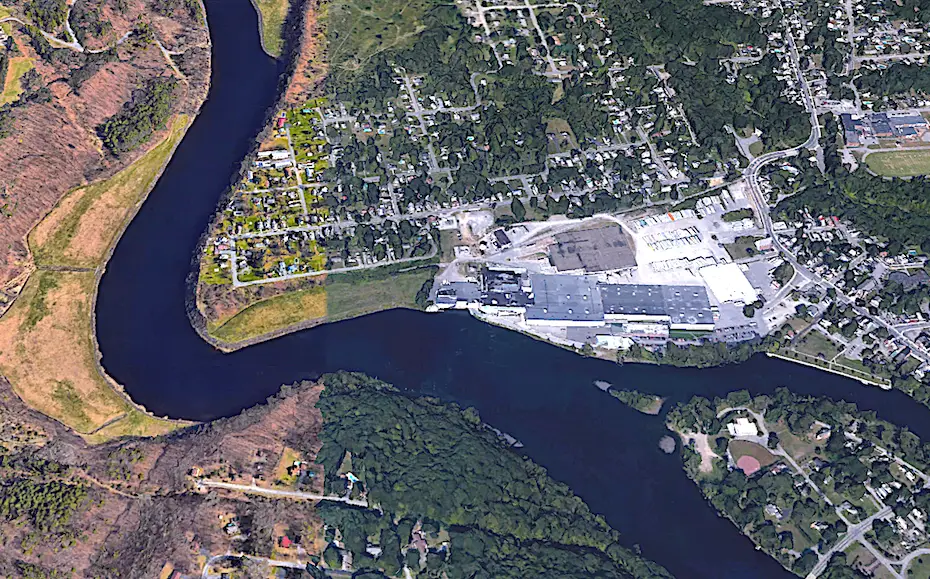Environmentalists blast EPA report on PCB removal from Hudson
A coalition of environmental groups under the banner Friends of a Clean Hudson is blasting the U.S. Environmental Protection Agency’s (EPA) latest report on removal of cancer-causing Polychlorinated Biphenyls (PCBs) from the Hudson River that kicks the can down the road on determining whether the cleanup is having the desired effect. It is the EPA’s third five-year report evaluating progress in the cleanup.
The EPA said that while its review finds that PCB levels in water and fish are going down overall it needs more years of fish data to determine if the cleanup is meeting the expectations of the original cleanup plan. The environmentalists say it clearly is not.
The EPA explained that its latest review looked at all the water, fish and sediment data collected between 2016 and 2021, along with the preliminary fish data from 2022. The EPA said it needs a minimum of eight years of fish data to draw science-based conclusions about the rate of recovery in the fish. The eighth year of fish sampling will be completed this fall. It said it hopes by 2027 to come to a conclusion about whether what’s being done is the right thing to be doing.

For more than 30 years, General Electric (GE) dumped PCBs into the Hudson River. The contamination resulted in a 200-mile stretch of the river becoming one of the country’s largest Superfund sites.
Pete Lopez, who from 2017 to 2022 served as EPA Region 2 administrator and now is Scenic Hudson’s executive director of policy, advocacy and science, said, “If EPA would admit that the remedy has not been protective of human health and the environment, it could move forward with a new approach that would reduce PCBs as rapidly as possible. By continuing to turn a blind eye, EPA is setting a dangerous precedent and sending the wrong message to polluters nationwide.”
GE, which began dumping PCBs into the river about 75 years ago, put an estimated 1.3 million pounds of the chemicals into the river. The dredging to remove the PCBs has resulted in about 2.65 million cubic yards of contaminated sediment being removed.
A General Electric spokesperson, Mark Behan, reacted to the EPA’s newest report by saying, “The Hudson River dredging project removed the vast majority of PCBs from the Upper Hudson, led to broad declines in PCB levels, and is on track to deliver further improvements.”
GE has said that its work on and around the Hudson continues and it is working closely with EPA, New York State, and local communities on other Hudson environmental projects, including the floodplains. GE has said that it will continue to monitor environmental conditions in the Upper Hudson and furnish the data to EPA and New York state. The company takes the position that dredging is working and is producing the environmental benefits EPA predicted, including broad declines in PCB levels in water, sediment, and fish.
“The EPA continues to work on multiple fronts to address the contamination throughout the Upper and Lower Hudson River and will ensure General Electric Company (GE) remains accountable for the PCBs that came from their manufacturing plants in Hudson Falls and Fort Edward, New York,” said EPA Regional Administrator Lisa F. Garcia. “The extensive dredging project set the course, but the road to recovery for the Hudson River is long. Over the next few years, we expect to have the data we need to identify reliable trends. If the fish data shows that the recovery isn’t happening as quickly as we expected, we will take the necessary actions to improve it.”